Steps of the Winemaking - Definition, History, Types, and Facts
Winemaking, also known as vinification, is a fascinating process that transforms grapes into a beverage enjoyed by millions around the world. This intricate craft is a combination of art and science. Each step is carefully executed to produce a variety of wine styles, from robust reds to sparkling white and sparkling varieties.
The history of winemaking dates back thousands of years, with ancient civilizations developing techniques that have evolved into the sophisticated methods used today.
This article will explore the detailed steps involved in winemaking, define the process, delve into its rich history, examine the various types of wine, and share some intriguing cultural facts and the scientific significance of wine.
What is winemaking?
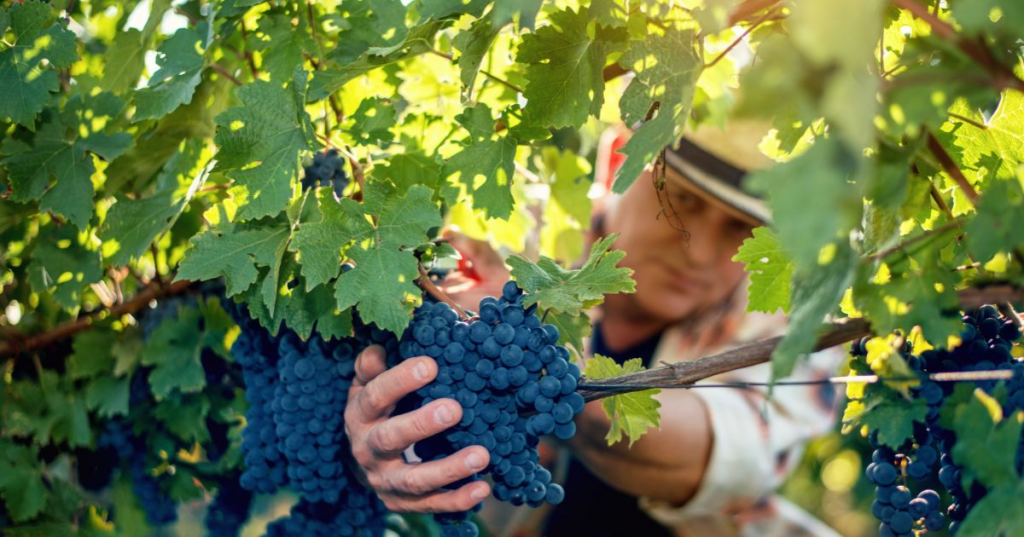
Winemaking is the process of transforming grapes into wine. It's a fascinating journey that involves several key steps, from selecting the perfect grapes to bottling the finished product. While there are many variations in winemaking, the basic steps remain the same, including harvesting, crushing, fermentation, clarification, aging, and bottling.
Each step contributes to the flavor, aroma, and quality of the final product. So winemaking combines art and science, requiring knowledge of viticulture, fermentation processes, and sensory evaluation to create a wide range of wines.
History of winemaking
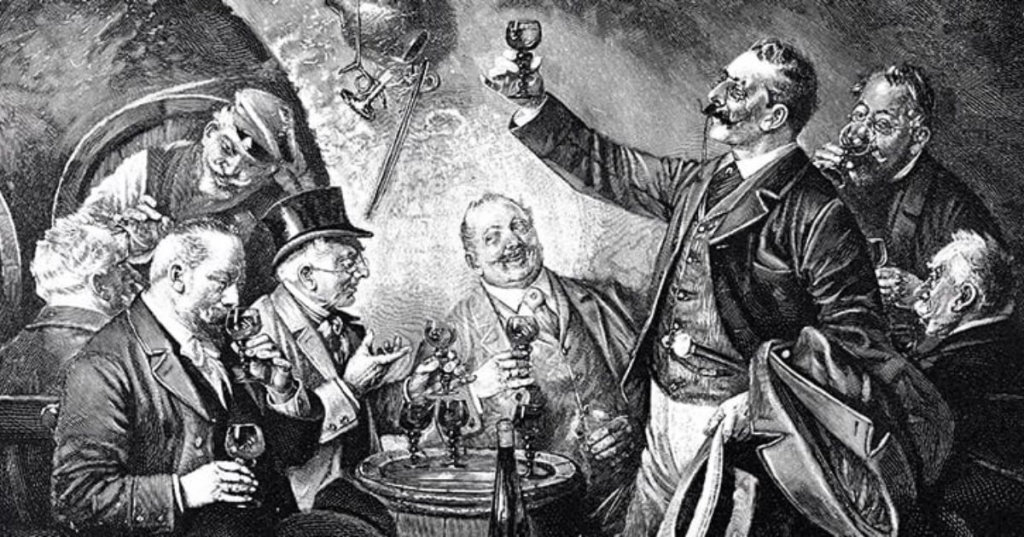
The history of winemaking stretches back millennia, with evidence suggesting its origins as early as 7000 BC. It's a fascinating journey that reveals the ingenuity and resourcefulness of our ancestors in harnessing natural processes to create a delicious and culturally significant beverage. Here's a glimpse into the major milestones of winemaking history:
7000 BC
The first known wines came from the Yellow River Valley in China. Here, tribes fermented honey, rice, and various fruits. They stored them in large terracotta pots, which were giant clay jars buried underground. This method spread and is still used in some countries today.
5000 BC
Archaeologists have discovered that wine was produced 7,000 years ago in what is now Iran, the first permanent settlement in the Middle East.
4000 BC
Early settlers on the island of Sicily (now part of Italy) began growing grapes and producing Marsala wine, a famous wine made from native grapes with unique winemaking methods.
From 1600-1000 BC
This is the period that historians believe wine began to be transported regularly in the ancient Israeli and Greek cultures. The wine was stored in goatskin sacks for commercial use and traveled with people on their travels. During this same period, texts and drawings about wine and grapes were engraved on wooden panels.
900 BC
By this era, wine production activities were more modern. Civilizations in Northern Europe began using oak barrels to store their wine. From this method, they discovered that oak could add flavor and slowly oxidize wine, a practice we still use today.
1000
Over the hundreds of years before this time, winemaking skills and transportation methods had developed. Skills and methods have been shared around the world. Around the year 1000, Chateau de Goulaine was built, believed to be the oldest operating winery.
1400-1500
European culture discovered the joys of sparkling wine after commercial wines underwent secondary fermentation, creating sparkling wine. During this time, grape varieties that were popular and successful in Europe were transported to South America for cultivation.
1740
Modern-designed glass bottle. Although glass bottles had begun to be used a hundred years earlier, the corks were kept dry and they were difficult to transport.
1964
Canned wine was introduced, providing convenience in preserving and transporting wine.
2010
Cabernet Sauvignon became the world's most planted red grape variety, while Airen became the world's most planted white grape variety, demonstrating the diversity and popularity of grape varieties globally.
With a long history, wine is not only a drink but also a symbol of cultural interference and human development.
Basic steps of the winemaking process
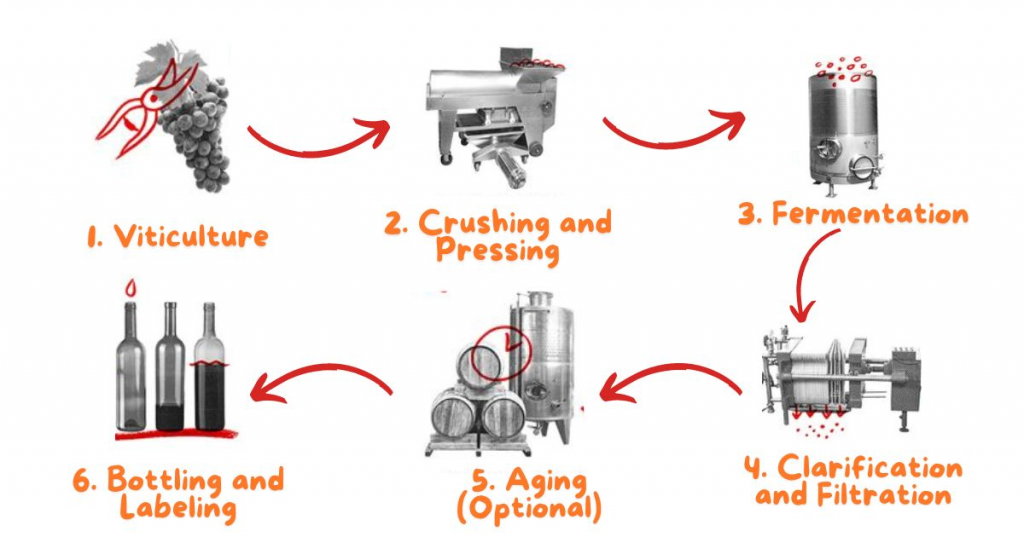
The winemaking process involves several essential steps to transform grapes into wine. Each step plays a crucial role in developing the flavors, aromas, and overall quality of the wine. Here are the basic steps of the winemaking process:
1. Viticulture
This stage sets the foundation for everything that follows. It involves the cultivation of grapes, encompassing activities like:
Selecting grape varieties: Different grape varietals like Cabernet Sauvignon, Chardonnay, or Pinot Noir produce wines with distinct characteristics. Winemakers choose grapes based on the desired style and characteristics of the wine.
Growing and caring for the vines: Viticulturists (grape growers) oversee the growth of the grapes throughout the season, ensuring optimal quality through practices like pruning, irrigation, and pest control.
Harvesting: The quality of the wine largely depends on the quality of the grapes. Grapes are carefully selected based on their ripeness, sugar levels, and acidity.
When the grapes reach peak ripeness, they are carefully harvested by hand or machine. The timing of harvest is crucial for the final flavor profile of the wine.
2. Crushing and Pressing
Grapes are separated from the stems: The purpose is to avoid transferring bitterness from the stems to the wine.
Crushing: After harvesting, the grapes are crushed to release their juice. The crushing method can influence the final flavor and tannin content of the wine.
Pressing: Some white wines and rosé wines must be pressed to extract the juice from the grape skins. In red wine production, the skins typically remain in contact with the juice during fermentation.
3. Fermentation
Fermentation is the magic stage where the grape juice transforms into wine. Yeast consumes the natural sugars in the grape juice and converts them into alcohol and carbon dioxide. Winemakers can choose specific yeast strains to influence the flavor profile of the wine.
Fermentation process: The tanks are sealed to create an anaerobic environment (without oxygen) for the yeast to thrive. The fermentation process can take several days or weeks, depending on various factors.
Temperature control: Temperature plays a crucial role in fermentation, impacting the activity of the yeast and the savor of the wine. So, winemakers carefully monitor and control the fermentation temperature.
Primary Fermentation: Yeast is added to start the fermentation process, converting sugars in the grape juice into alcohol and carbon dioxide. This progress can take several days to weeks.
Secondary Fermentation: In some cases, a secondary fermentation (malolactic fermentation) will help convert malic acid to lactic acid, softening the wine's taste.
4. Clarification and Filtration
After fermentation, the young wine may still contain sediment, yeast particles, and other unwanted elements. Clarification techniques like racking (transferring the wine without the sediment) or fining (adding agents that bind to unwanted particles) help achieve a clear and stable wine. Filtration can also be used to remove any remaining particles.
5. Aging (Optional)
Red wines: Often benefit from aging in oak barrels. This progress imparts tannins, flavors, and aromas associated with oak, such as vanilla, spice, or smoky notes. The length of aging can vary significantly depending on the style of wine.
White wines: May be aged in stainless steel tanks or neutral oak barrels to preserve fresh fruit flavors. Some white wines can also benefit from aging on lees (spent yeast cells) to develop richer textures and flavors.
6. Bottling and Labeling
Blending: Winemakers may blend wines from different grape varieties, vintages, or barrels to achieve a desired flavor profile and consistency.
Bottling: The wine is then bottled and sealed. Some wines are ready to drink immediately, while others will have a better taste from additional aging in the bottle.
7. Distribution and Enjoyment
Winemakers often age their wines for some time before releasing them to the market to allow them to develop their full flavor potential.
Winemaking is both an art and a science, requiring knowledge of viticulture, fermentation, and chemistry, as well as a deep appreciation for the sensory experiences of taste and aroma. Each step in the winemaking process contributes to the final product's unique character, allowing winemakers to create a wide variety of wines with different flavors, aromas, and textures.
Winemaking is a complex and nuanced process with a rich history and tradition. From meticulous grape selection to the art of blending, each step plays a vital role in shaping the final character of the wine. The next time you raise a glass of wine, take a moment to appreciate the fascinating journey that transformed those humble grapes into the delicious beverage you enjoy.
Types of Wine
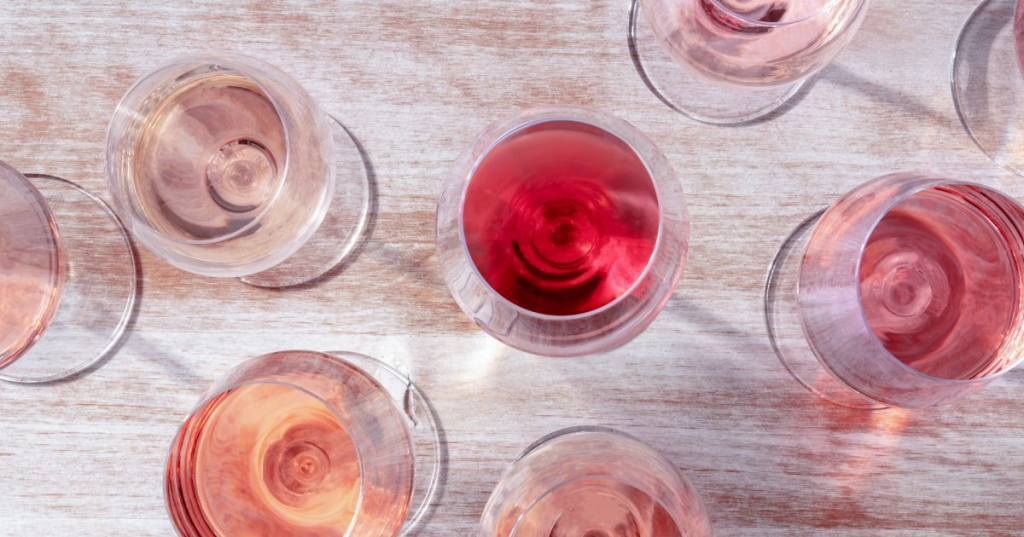
There are many types of wine, but they can be classified into five main categories: red wine, white wine, rosé wine, sparkling wine, and fortified wine. Here's a closer look at each type:
Red Wine
Red wines are made from dark-colored grape varieties, characterized by their color, which ranges from light red to deep purple. The skins, seeds, and stems are typically left in contact with the juice during fermentation, imparting tannins, color, and flavor.
Red wines range from light-bodied and fruity (like Pinot Noir) to bold (like Cabernet Sauvignon). They are often used with red meat, poultry, and strong cheeses.
White Wine
White wines are made from white grapes, or sometimes from red grapes, as long as the skins are not exposed to juice long enough to impart significant color. White wines fermented without the grape skins, resulting in a lighter color and body.
White wines tend to be lighter-bodied and have higher acidity than red wines. They are often served with seafood, chicken, and salads. Some popular examples of white wine include Chardonnay, Sauvignon Blanc, and Riesling.
Rosé Wine
Rosé wine is made from red grapes, but the skins are left in contact with the juice for a shorter time than red wine. This short process gives rosé wines their characteristic pink color.
Rosé wine is a refreshing and versatile beverage that can be enjoyed on its own or paired with many kinds of food. It is the perfect choice for a warm summer day or a casual gathering.
Sparkling Wine
Sparkling wines are wines that have bubbles in them. The bubbles are caused by carbon dioxide gas that is trapped in the wine during the fermentation process. Sparkling wines can be made using various methods, with the traditional method (used for Champagne) being the most renowned. There are many different types of sparkling wine, including Champagne, Prosecco, Cava, and Asti Spumante.
Fortified Wine
Fortified wines are a unique category of wines that have had a distilled spirit, usually brandy, added to them. This addition of brandy increases the alcohol content of the wine and also plays a role in shaping its sweetness and overall character. Fortified wines come in many styles and flavors, offering special savor for every palate.
Some popular examples of fortified wines include Port, Sherry, and Madeira. Fortified wines are often served as a dessert wine.
Facts about wine Maybe you don't know
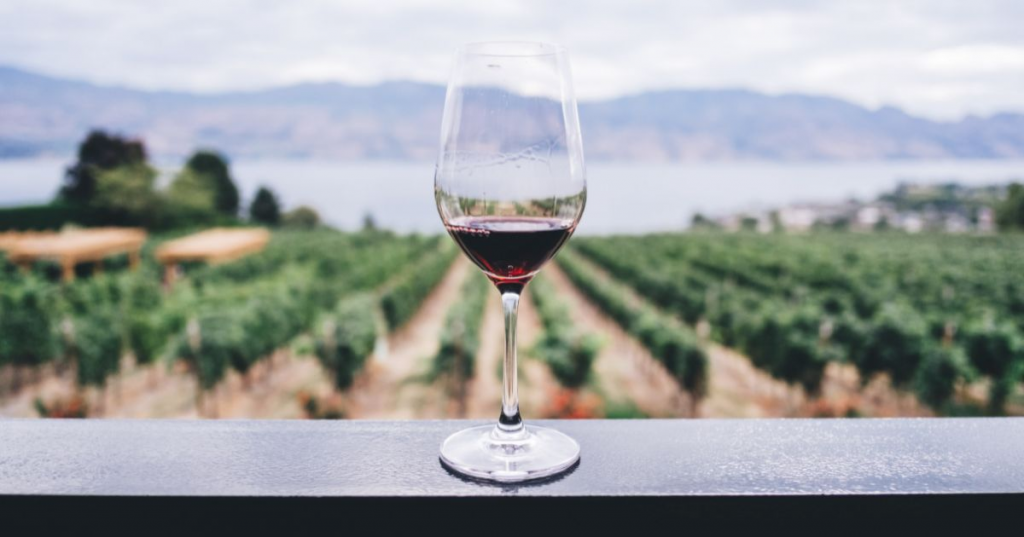
Wine has a rich history and a wealth of interesting facts that many people may not know. Here are some intriguing facts about wine:
- Ancient Egyptian Wine: The ancient Egyptians were among the first to document wine-making practices, using hieroglyphics to depict grape harvesting and wine production. They even placed wine jars in tombs for the afterlife.
- Roman Innovations: The Romans contributed significantly to wine-making by introducing techniques such as barrel aging and the use of glass bottles. They also expanded viticulture throughout their empire.
- Number of Grape Varieties: There are over 10,000 different grape varieties used for wine production worldwide, with around 1,300 of these being used in commercial wine-making.
- France’s Diversity: France is home to some of the most famous wine regions in the world, including Bordeaux, Burgundy, and Champagne. Each region has strict regulations that govern wine production to maintain quality and tradition.
- Largest Wine Producer: Italy is often the largest wine producer, followed closely by France and Spain. These three countries produce about half of the world’s wine.
- Resveratrol Benefits: Red wine contains resveratrol, a compound believed to have various health benefits, including anti-inflammatory properties and potential protection against heart disease.
- Moderation Matters: While moderate wine consumption can be part of a healthy lifestyle, excessive drinking can lead to numerous health problems, including liver disease and increased risk of certain cancers.
- Wine and Space: In 2019, twelve bottles of Bordeaux wine were sent to the International Space Station to study the effects of microgravity on aging wine. The wine spent over a year in space before returning to Earth for analysis.
- Longest Cork: The record for the longest wine cork is held by a company called Amorim, which produced a cork measuring 7.8 inches (20 cm) long for a special bottle of wine.
- Most Expensive Bottle: One of the most expensive bottles of wine ever sold was a 1945 Romanée-Conti, which fetched $558,000 at a Sotheby’s auction in 2018.
- Wine Lake: In the 1980s, Europe produced such a surplus of wine that it created what was colloquially known as a 'wine lake', prompting the European Union to implement measures to reduce overproduction.
- Proper Serving Temperature: Serving wine at the correct temperature is crucial for enjoying its full range of flavors. Generally, red wine is best served slightly below room temperature (60-65°F or 15-18°C), while white wine should be chilled (45-50°F or 7-10°C).
Conclusion
This article explores the detailed steps involved in winemaking and its definition, delves into winemaking's rich history, examines the various types of wine, and shares some intriguing facts that highlight the cultural and scientific significance of wine. We hope the article has provided a lot of useful information to you. If you want to improve your necessary skills, join Skilltrans courses today!

Meet Hoang Duyen, an experienced SEO Specialist with a proven track record in driving organic growth and boosting online visibility. She has honed her skills in keyword research, on-page optimization, and technical SEO. Her expertise lies in crafting data-driven strategies that not only improve search engine rankings but also deliver tangible results for businesses.



